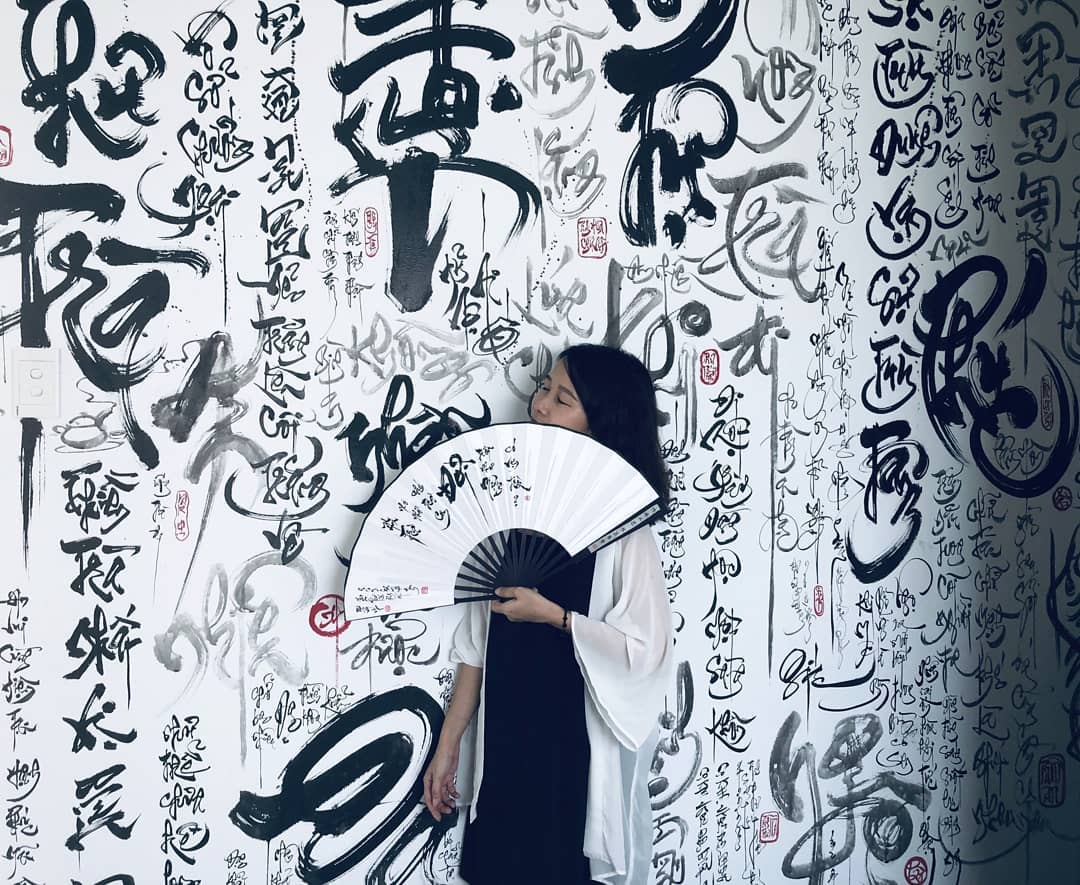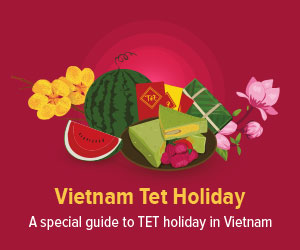The Nom - Ancient Vietnamese Script
Not only foreigners take Nôm (ancient Vietnamese script) for Hán (short of Hán Việt, ancient Vietnamese-Chinese script) but most of Vietnamese think that Hán and Nôm are one thing. Actually, like Japanese script, Nôm used to be ancient Vietnamese script, which was used widely by Vietnam ancestors. Yet, it is dying very fast.
A Hard Lot of Nôm
Much like Japan and Korea, which developed their own scripts by adapting Chinese characters, Vietnam has a unique script known as Nôm. Despite being under Chinese imperial rule for nearly a millennium, the Vietnamese developed their own system to document local language and culture. Over time, Nôm became an essential medium for expressing Vietnamese identity across various facets, including language, culture, politics, and economics.
 Calligraphy is experiencing a revival - Photo: @namdong__huu
Calligraphy is experiencing a revival - Photo: @namdong__huu
Although Nôm thrived in the hearts of many, it was not utilized in the formal contexts of the court. For centuries, it suffered neglect under feudal regimes. Scholars who were not proficient in Classical Chinese were often deemed uneducated, while those fluent in Nôm were not given due recognition. This led to a period where ancient Vietnamese culture was undervalued by its own people.
The perception that Hán Việt was superior to Nôm became ingrained in the minds of many Vietnamese. Even at its peak, Nôm struggled to gain the recognition it deserved.
With the advent of modern Vietnamese adopting Latin script as the national writing system (quốc ngữ), both Hán Việt and Nôm began to fade from public memory. For years, it was common to find no educational offerings in Hán Nôm, and any mention of it was viewed as obsolete.
Following Vietnam's reunification in the late 20th century, the government recognized the importance of cultural preservation and began to reintroduce Hán Nôm classes. Unfortunately, significant loss had already occurred, and the challenges facing Nôm became increasingly pronounced.
A Lost Nôm and the Precious Heritage That Went With It
Visiting Văn Miếu Street in Hà Nội during Tet Festival reveals remnants of Nôm's past glory. “You might see a vibrant scene and think that Hán Nôm is being revitalized. However, those of us who understand see it differently,” remarked Văn Hợp, a Hán Việt writer.
The street is adorned with traditional red paper and bustling with people seeking calligraphy pieces. However, among nearly 60 individuals claiming to be calligraphers, only one specializes in Nôm calligraphy, while the rest focus on Hán Việt.
How did we arrive at this situation? The factors contributing to the decline of this treasured script are numerous, with historical biases playing a significant role.
 Young Vietnamese are gradually reconnecting with their glorious cultural heritage
Young Vietnamese are gradually reconnecting with their glorious cultural heritage
It is widely recognized that a language's extinction leads to the disappearance of its cultural context. The surviving Nôm literature is a genuine representation of the Vietnamese language. However, few people today can read or write in Nôm, let alone create calligraphic works.
As an expert in Vietnamese calligraphy, Lược asserts that Nôm is more intricate than Hán Việt, contributing to its reduced popularity. Nevertheless, Nôm encapsulates rich cultural narratives, economic features of Vietnam's past, and an evocative portrayal of everyday life.
For foreigners, a Nôm character might reveal the essence of pure Vietnam. Yet, many scholars harbor concerns about the future of Nôm. With the passage of time, the urgency to revive this script has never been greater.

11 Horoscopes In The Year Of The Dragon
The dragon year can be a booster-for-all for all other zodiacs.

Vietnam's 5 Most Important Festivals & Travel Tips
Vietnam's cultural richness stands out with a variety of traditional festivals.

Kinh People
Vietnam is known for its cultural diversity with 54 ethnic groups, in which, Kinh or Viet people accounts for nearly 90% of the whole population.






